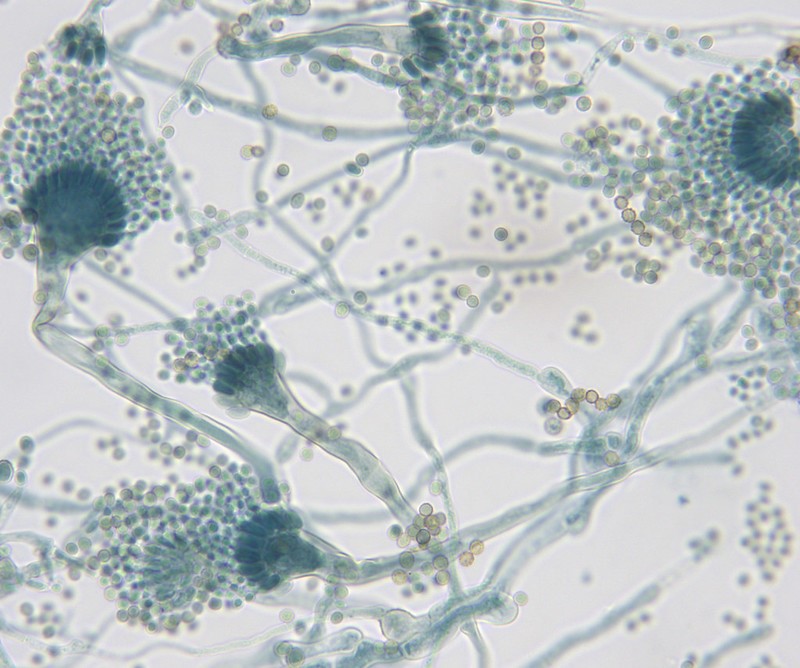A series of reports published yesterday by the Africa Centres for Disease Control and Prevention on antimicrobial resistance (AMR) in 14 countries highlights a lack of capacity for bacteriologic testing and limited access to antibiotics.
The project, by the Mapping Antimicrobial Resistance and Antimicrobial Use Partnership (MAAP), reviewed 819,584 AMR records collected from 205 laboratories and data from 327 hospital and community pharmacies and 16 national-level antimicrobial consumption data sets covering 2016 through 2019. The countries involved in the project were Burkina Faso, Cameroon, Eswatini, Gabon, Ghana, Kenya, Malawi, Nigeria, Senegal, Sierra Leone, Tanzania, Uganda, Zambia, and Zimbabwe. Africa has the highest mortality rate from AMR infections in the world, but most available AMR data from these countries to date have been based on statistical modeling.
While the project produced 14 individual reports for each country, among the key findings overall were that only 1.3% of the biology laboratories across the 14 countries perform bacteriologic testing, 80% perform fewer than 1,000 antimicrobial susceptibility tests a year, and testing was consistently conducted for only 5 of the World Health Organization's 15 antibiotic-resistant priority pathogens. In 8 of the 14 countries, more than half of the population is out of reach of a bacteriology laboratory.
The study also found that, of 187,000 clinical samples tested for AMR, 88% had no information on patients' clinical profiles, including the diagnosis and origin of infection, which makes it difficult to understand what's driving AMR.
Analysis of antimicrobial consumption data indicated that only four antibiotics accounted for more than 67% of antibiotic used in healthcare settings in the 14 countries, and that access to broader-spectrum antibiotics for resistant infections was limited. Up to 34 uncategorized antibiotics were found to be in circulation.
The project is supported by a grant from the Fleming Fund.
 A
A 














